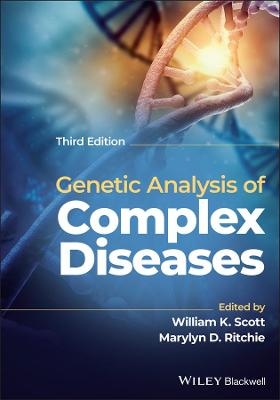
Issues and Reviews in Teratology
Springer-Verlag New York Inc.
978-1-4615-7316-6 (ISBN)
1 Birth Defects Monitoring Systems: Accomplishments and Goals.- 1. Introduction.- 2. Further Reasons for Registering Malformations.- 3. Fundamentals of Malformation Registration.- 4. What Should Be Monitored?.- 5. The Problem of Ascertainment.- 6. Size of Population Monitored.- 7. Properties of Monitoring Systems and Ascertainment Rates.- 8. Detection of Changes in Prevalence.- 9. Limitations and Benefits of Monitoring Systems.- References.- 2 What Is a Teratogen? Epidemiological Criteria.- 1. Introduction.- 2. Definition of a Teratogen.- 3. Criteria of Judgment in Epidemiology.- 4. Dealing with Doubt.- 5. Raising the Alert.- 6. Conclusion.- References.- 3 Congenital Hydrocephalus in Mice and Man.- 1. Introduction.- 2. Teratology.- 3. Discussion.- References.- 4 Congenital Defects of Domestic and Feral Animals.- 1. Introduction.- 2. Definitions.- 3. Nature and Effect.- 4. Frequency.- 5. Causes.- 6. Specific Defects.- 7. Conclusions.- References.- 5 Transplacental Exposure to Diethylstilbestrol.- 1. Introduction.- 2. Clinical Research.- 3. Animal Research.- 4. Mechanism of Transplacental Carcinogenesis.- References.- 6 Hormones, Growth Factors, and Their Receptors in Normal and Abnormal Prenatal Development.- 1. Introduction.- 2. Steroids.- 3. Growth Hormones and Factors.- 4. Dioxins and Their Receptors in Teratology.- 5. Benzodiazepine and Opiate Receptors.- 6. Summary and Conclusions.- References.- 7 Vertebrate Limb Morphogenesis: A Review of Normal Development in a Model Experimental System with Applications toward Understanding Abnormal Limb Formation.- 1. Introduction.- 2. The Apical Ectodermal Ridge.- 3. Mesoderm and Limb Patterns.- 4. Extracellular Matrix.- 5. Cell Death.- 6. Limb Mutants.- 7. Dysmorphogenesis.- 8. Summary.- References.- 8 Teratogenicity of Experimental and Occupational Exposure to Industrial Chemicals.- 1. Introduction.- 2. Alcohols (Ethanol).- 3. Aldehydes.- 4. Heavy Metals.- 5. Halogenated Hydrocarbons (Chlorinated Solvents).- 6. Ketones.- 7. Organic Solvents.- 8. Plastics and Related Chemicals.- 9. Chlorobenzenes and Carbon Monoxide.- 10. Discussion and Conclusions.- References.- 9 Critical Assessment of Genetic Effects of Ionizing Radiation on Pre- and Postnatal Development.- 1. Introduction.- 2. Prologue.- 3. The Human Experience.- 4. Permissible Exposures.- 5. Future Directions.- 6. Glossary.- References.- 10 Adverse Effects in Humans and Animals of Prenatal Exposure to Selected Therapeutic Drugs and Estimation of Embryo-Fetal Sensitivity of Animals for Human Risk Assessment: A Review.- 1. Introduction.- 2. Aspirin and Salicylates.- 3. Progestational Agents.- 4. Anticonvulsant Drugs.- 5. Phenothiazines.- 6. Meprobamate.- 7. Pregnancy Toxemia and Reserpine.- 8. Thalidomide.- 9. Isoniazid.- 10. Tetracyclines.- 11. Aminopterin.- 12. Methotrexate.- 13. Fetal Sensitivity in Animals Relative to Humans: Conclusions.- 14. Summary.- References.
| Erscheint lt. Verlag | 22.6.2012 |
|---|---|
| Zusatzinfo | 35 Illustrations, black and white; XVI, 516 p. 35 illus. |
| Verlagsort | New York, NY |
| Sprache | englisch |
| Maße | 152 x 229 mm |
| Themenwelt | Medizin / Pharmazie ► Medizinische Fachgebiete |
| Studium ► 2. Studienabschnitt (Klinik) ► Humangenetik | |
| ISBN-10 | 1-4615-7316-5 / 1461573165 |
| ISBN-13 | 978-1-4615-7316-6 / 9781461573166 |
| Zustand | Neuware |
| Haben Sie eine Frage zum Produkt? |
aus dem Bereich


